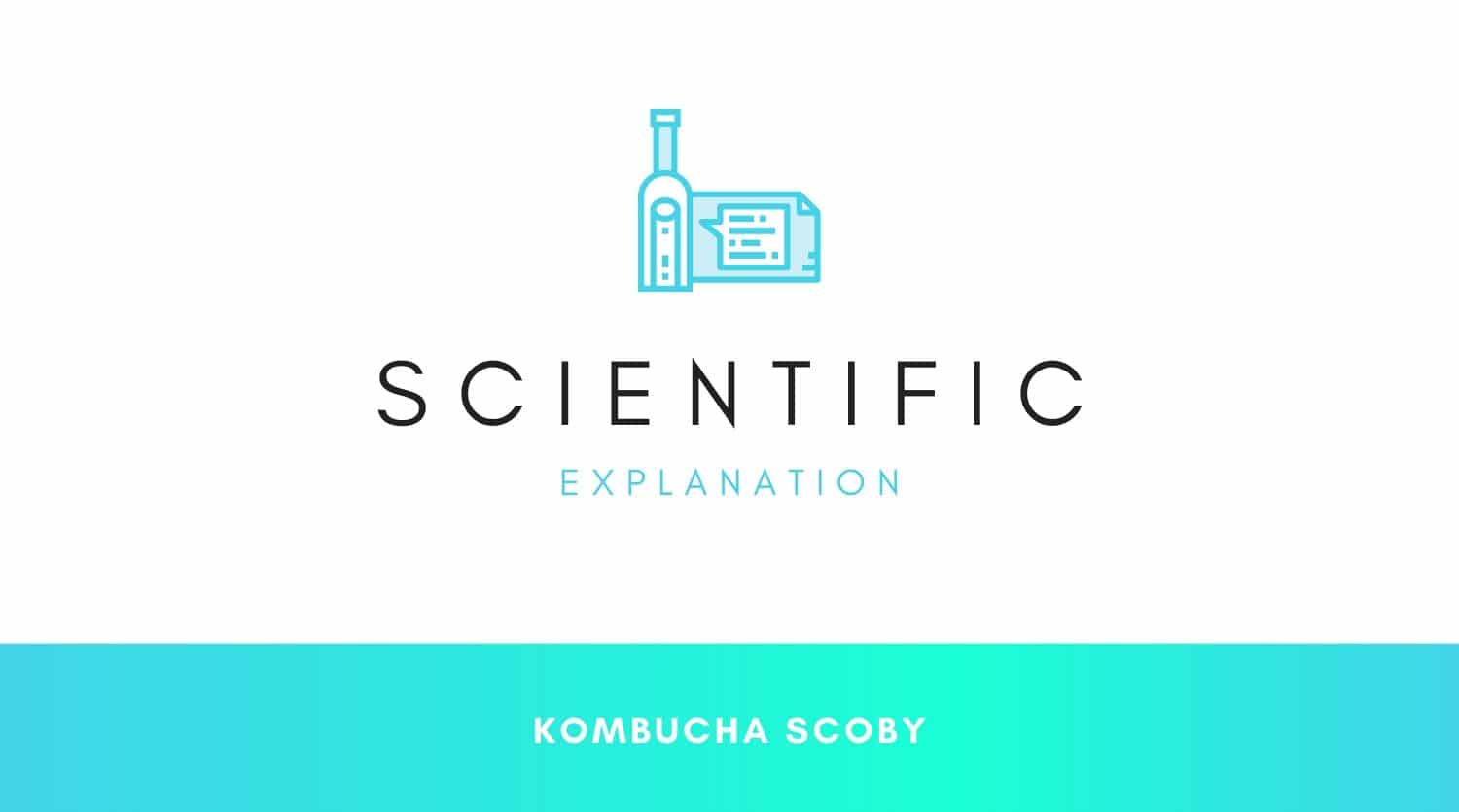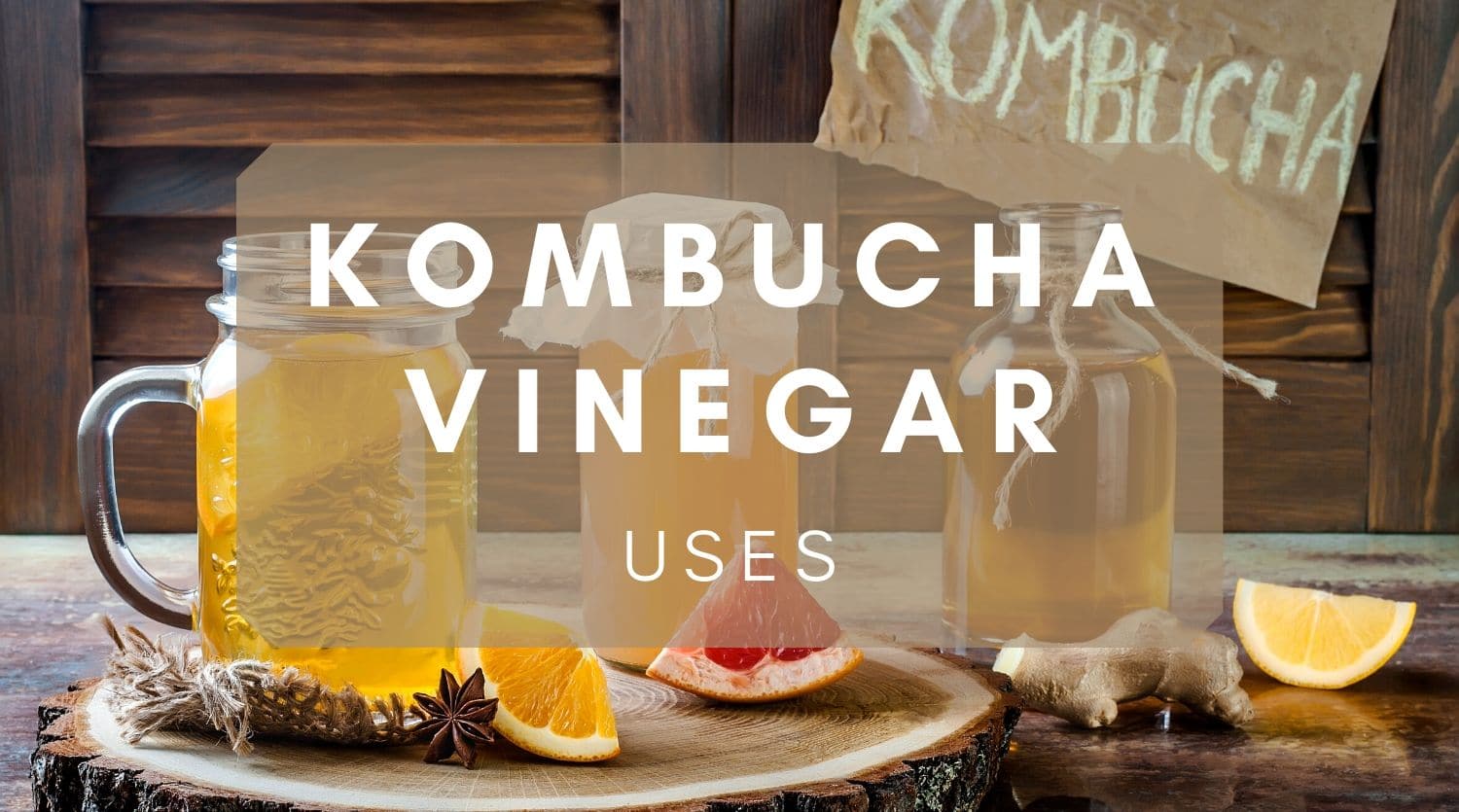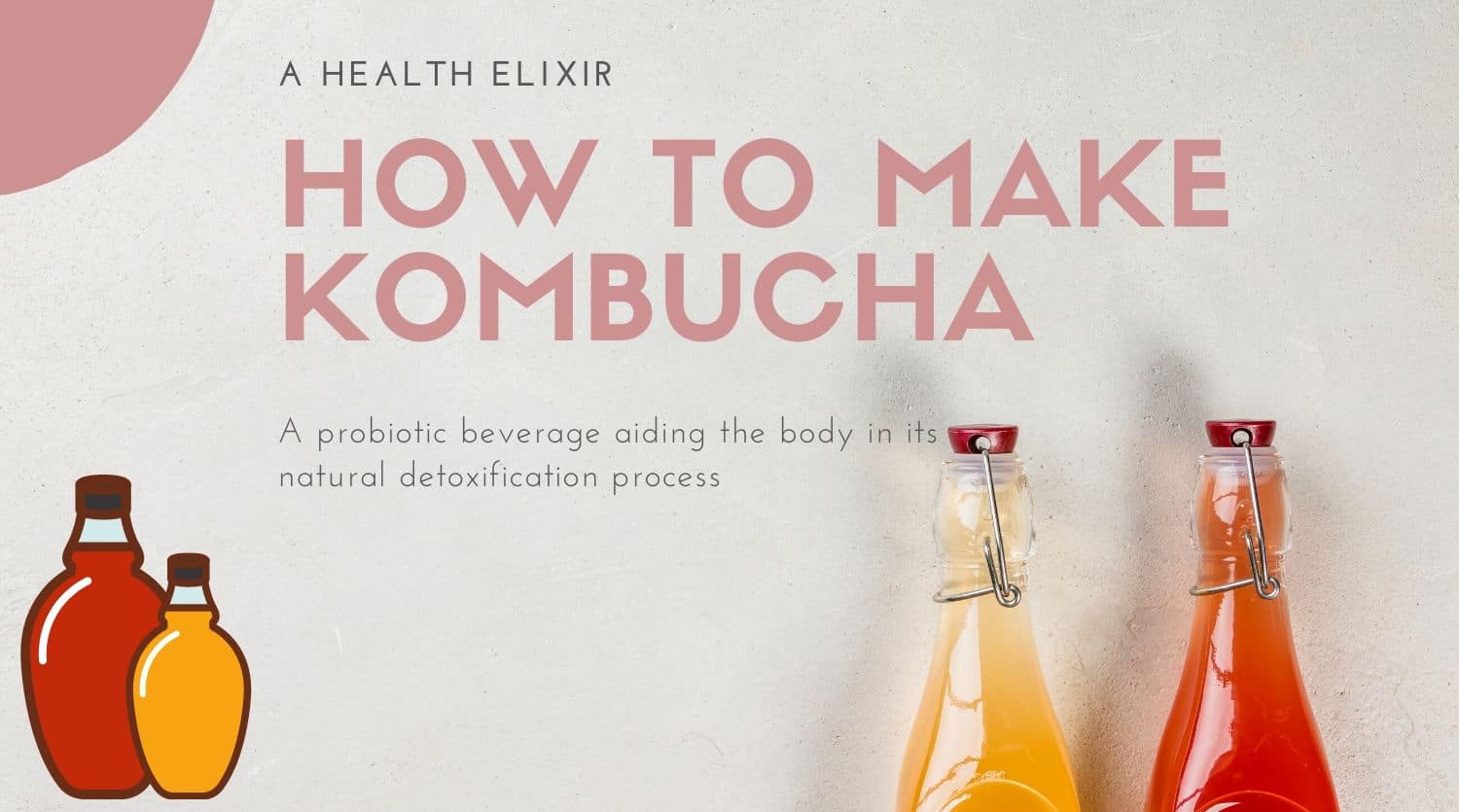Scientific View of Kombucha

Kombucha tea is a mildly sweet, little acidic refreshing beverage being consumed worldwide. It is produced from the infusion of tea leaves by the fermentation with the Symbiotic Colony of Bacteria and Yeasts generally called SCOBY.
SCOBY is a cellulosic pellicle layer and the sour liquid broth that is Tea. It tastes like sparkling apple cider and can be produced in the home by fermentation. Green tea or Black tea can be used for kombucha preparation, however black tea and white sugar are mostly used together.
A Little History
Kombucha is the globally used German form of the Japanese name of mildly fermented tea beverage. Over 2,000 years ago, it was first used in East Asia for its healing benefits. Kombucha was originated in China (Manchuria) where it was awarded during the Tsin Dynasty (“Ling Chi”) for its detoxifying and energizing properties.
A well-known physician named as Kombu brought the SCOBY to Japan and he had used it to cure the digestive problems of the Emperor Inkyo. As people start to get connected, kombucha traveled a lot. Russian known it as Cainiigrib, Cainii kvass, Japonskigrib, Kambucha, Jsakvasska), and in European areas like Germany, it called Heldenpilz, Kombuchaschwamm in 20th century
In World War II, this beverage was again popular in Germany, and it arrived in France in late 1950 and also in France-dominated North Africa where its consumption became quite popular. The habit of drinking fermented tea became acceptable throughout Europe until World War II which brought widespread shortages of the necessary tea leaves and sugar.
In the 1960s, science researchers in Switzerland reported that drinking kombucha was similarly beneficial as eating yogurt and thus kombucha’s popularity increased.
A kombucha journal is electronically published by Gunther W. Frank and available worldwide in 30 languages (Dufresne and Farnworth 2000; Hartmann and others 2000).
Kombucha tea is prepared by placing the kombucha culture (tea fungus) into a sugared tea broth for fermentation. If the kombucha culture is cultivated according to the standard recipe with black tea, sweetened with sucrose, it turns this substrate into a refreshing beverage called tea fungus beverage with high nutritive value and medicinal properties (Lončar and others 2000)
Anti – Toxins
Besides being a beverage, Kombucha tea contains a lot of healthy acids and vitamins, it has gluconic acid, which is in the main feature and not in ordinary vinegar. This acid binds the heavy metals in the body and helps it to be thrown out. Therefore, drinking kombucha tea is one of the easiest ways to get rid of toxins.
Kombucha contains glucuronic acid, one of the primary metabolites is believed to improve detoxification by binding toxin molecules and aiding excretion through the kidneys, and the acidic composition provides reputed health benefits rather than a microbial-gut interaction (Wang et al., 2015).
Powerful Antioxidant
Kombucha is also linked with supporting a healthy immune system due to its antioxidant content. One of these antioxidants is ascorbic acid, better known as vitamin C. It also contains glucaric acid, which showed promising antioxidant results in a study in 2011. Antioxidants help reduce inflammation and oxidative stress that can damage our cells, leaving us vulnerable to disease.
A Healthy Gut
Kombucha contains gluconic acid, a study performed in 1994 that supports the growth of bifidobacteria. Bifidobacteria are beneficial bacteria and it is found in our guts which is essential to keep a healthy gut and this is why Bifidobacteria often mixed in probiotic supplements. The more we empower these good guys with gluconic acid from the mighty kombucha, the happier our gut!
Healthy Kombucha Acids
Acetic acid is what gives our chips a vinegary boost, and kombucha has a distinctive flavor. It is rich in organic acids such as acetic, gluconic, glucuronic, citric, L‐lactic, malic, tartaric, malonic, oxalic, succinic, pyruvic, usnic. Organic acids like gluconic, glucuronic all produced as a by-product as a result of the fermentation process used to produce kombucha. It also have sugars like sucrose, glucose, and fructose and of course rich set of vitamins B1, B2, B6, B12, and C. Some of the chemical investigation conducted in the past under static conditions by the following: (Konovalov and Semenova 1955; Danielova 1957; Steiger and Steinegger 1957; Reiss 1987; Hauser 1990; Sievers and others 1995; Blanc 1996; Liu and others 1996; Roussin 1996; Petrović and others 1999; Bauer‐Petrovska and Petrushevska‐Tozi 2000; Chen and Liu 2000; Lončar and others 2000; Malbaša and others 2002a, 2008a, 2008b, 2011; Chu and Chen 2006; Franco and others 2006; Jayabalan and others 2007, 2008a; Kumar and others 2008; Wang and others 2010; Yang and others 2010; Yavari and others 2010, 2011; Velićanski and others 2013; Vitas and others 2013).
Antimicrobial Diversity
A study was published in the Journal of Agriculture and Food Chemistry in 2000 found that kombucha was proven effective to inhibit the growth of some common pathogens to humans. This is meant that kombucha restricted the growth of harmful bacteria under lab conditions. The bacteria were in that study included E. coli, salmonella and campylobacter and listeria, these all bad bacteria causes stomach problems, sickness, and diarrhea with food poisoning. Drinking kombucha is good against to fight off nasty food poisoning bugs.




